Reportar esta entrada
Más sobre la misma comunidad-colección
John Wesley Hardin’s Grave Site
The picture shows the grave site of the gunfighter John Wesley ...
Richard M. Dudley, El Paso, TX, Mayor
Richard M. Dudley, engineer and El Paso mayor, was born near ...
El Paso County Historical Society
Unidentified men on top of the train, and in front is an African ...
Wounded Soldiers - Buffalo Soldiers - 1916
In June, Pershing received intelligence that Villa was at ...
Buffalo Soldiers Of The 10th Cavalry
Photo: Buffalo Soldiers of the 10th Cavalry who were taken ...
Buffalo Soldiers Of The 10th Calvary - Mexican Revolution
Photo: Returning soldier who where captured during the Mexican ...

















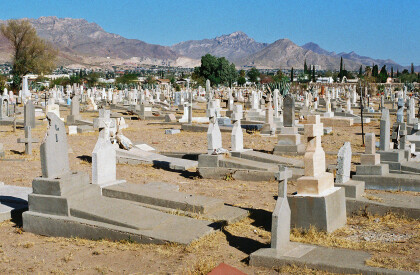
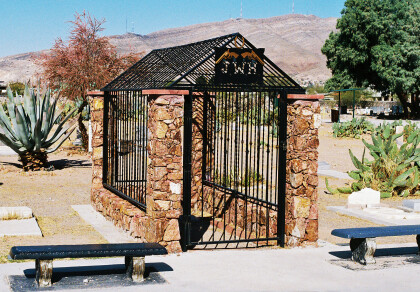
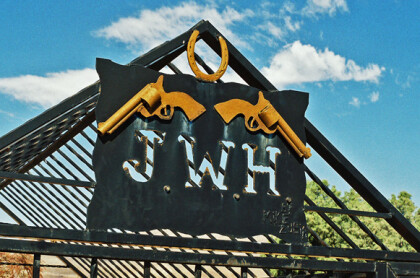
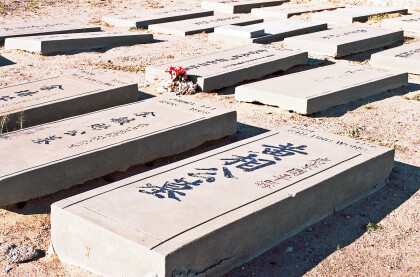
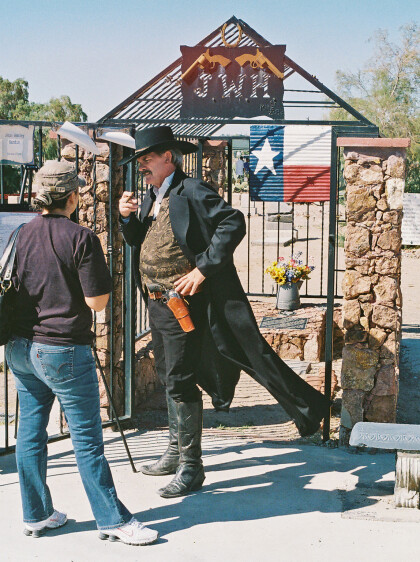

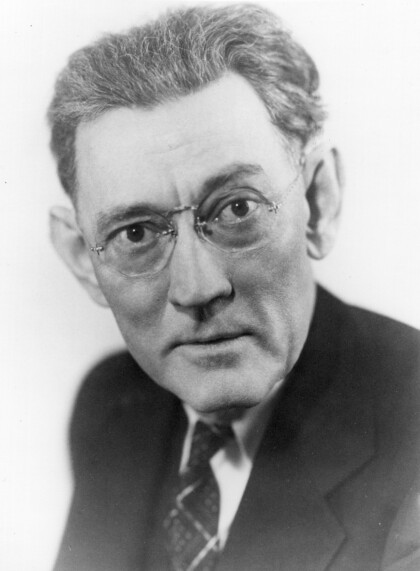
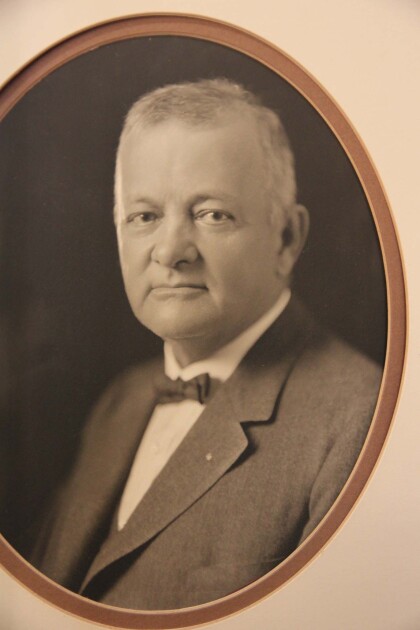
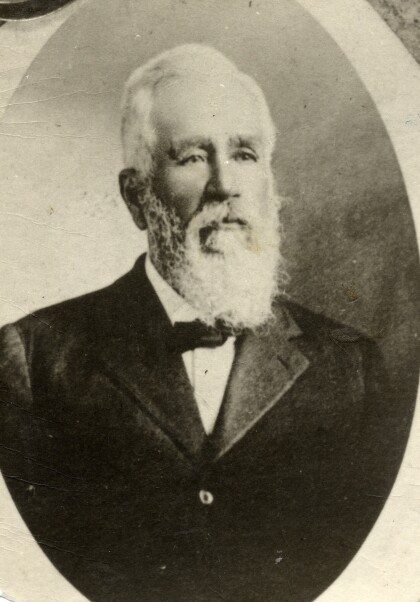
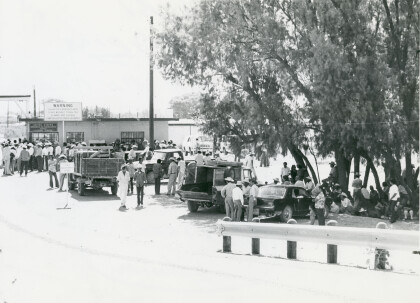
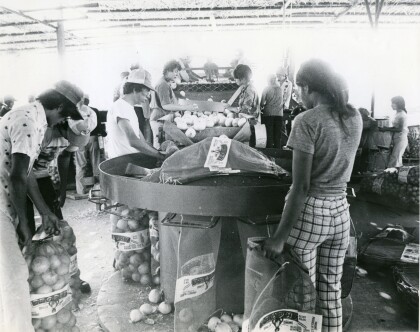
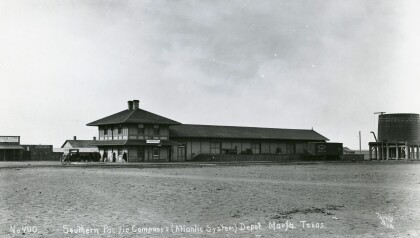
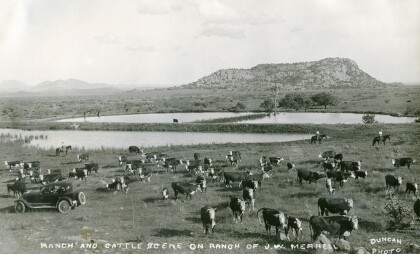
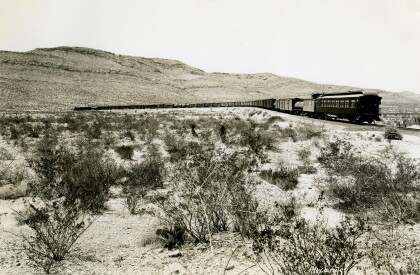
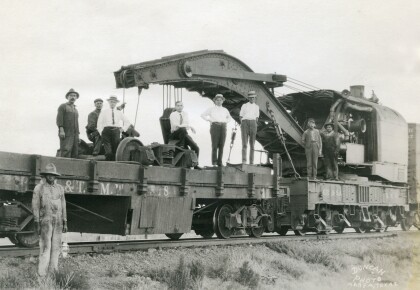
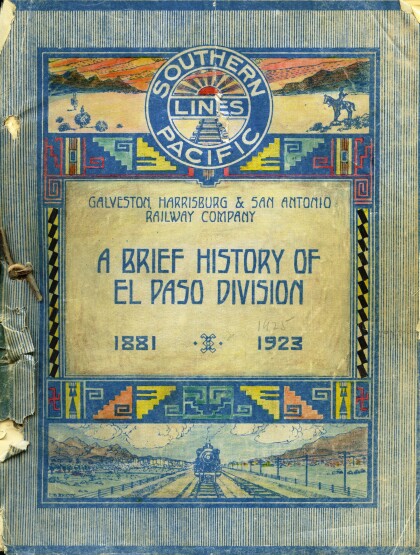
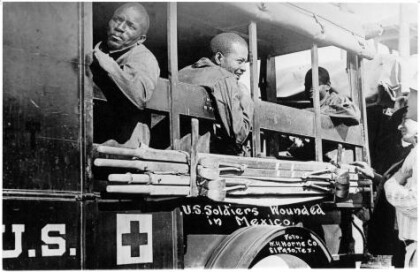
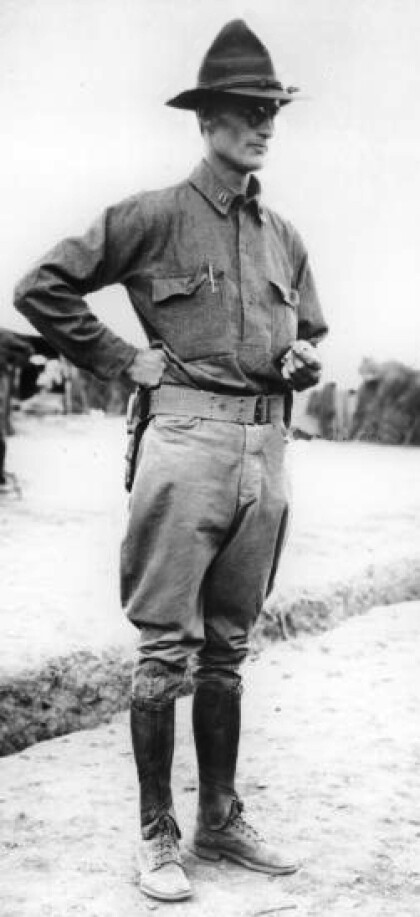
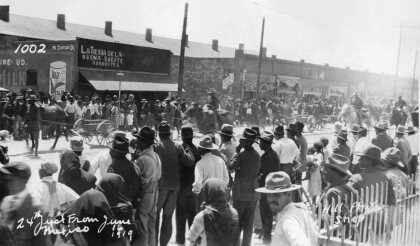
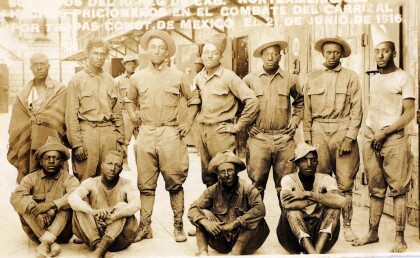
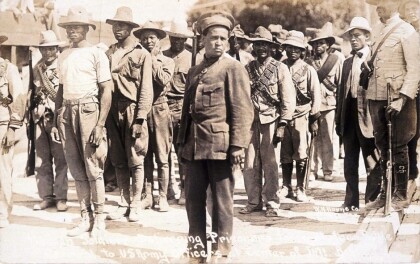
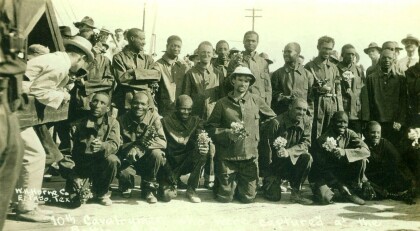
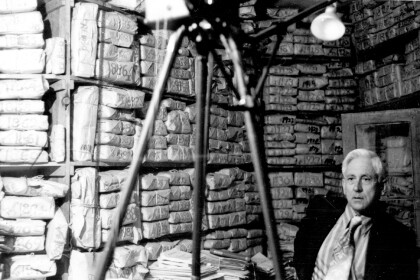
Comentarios
Hacer un comentario